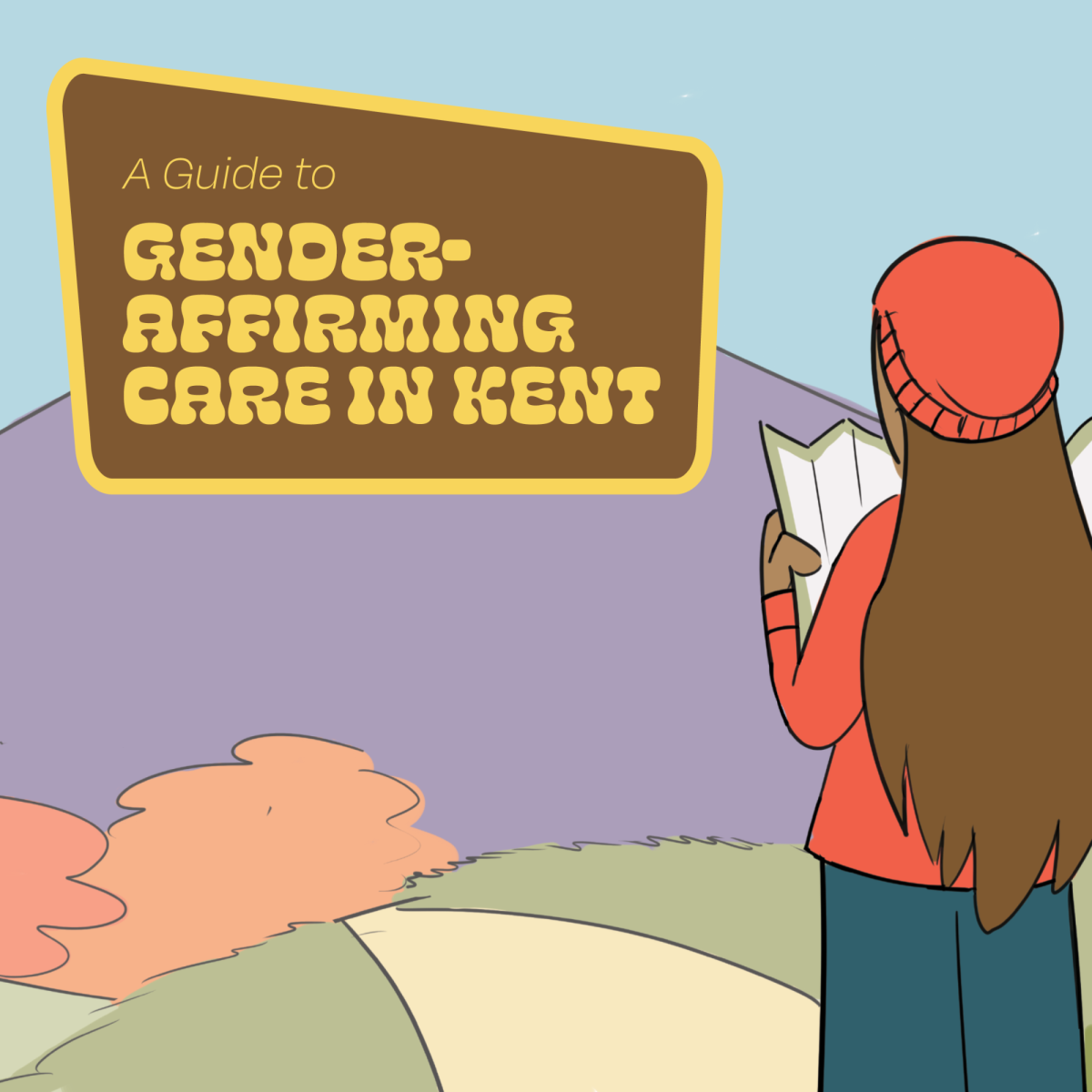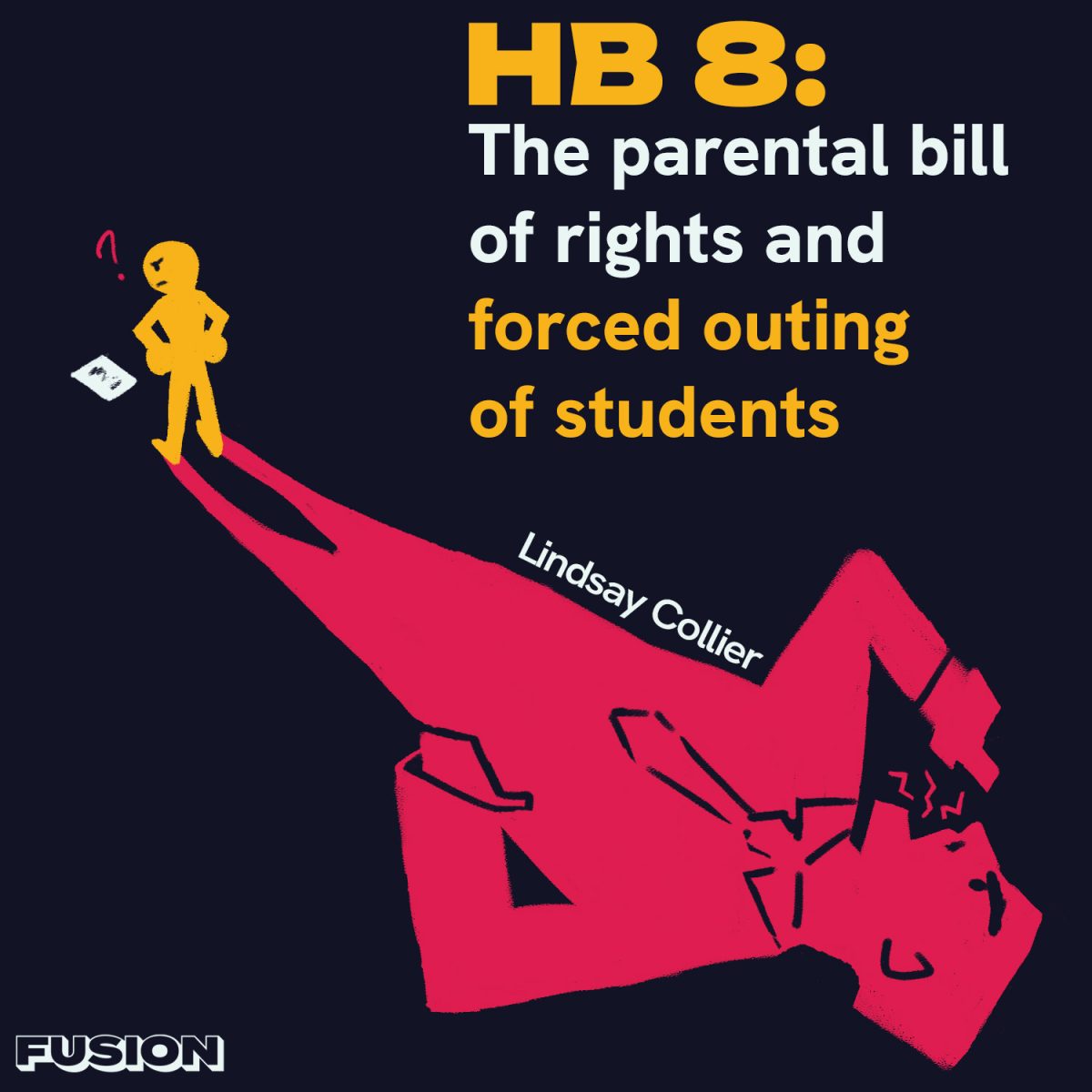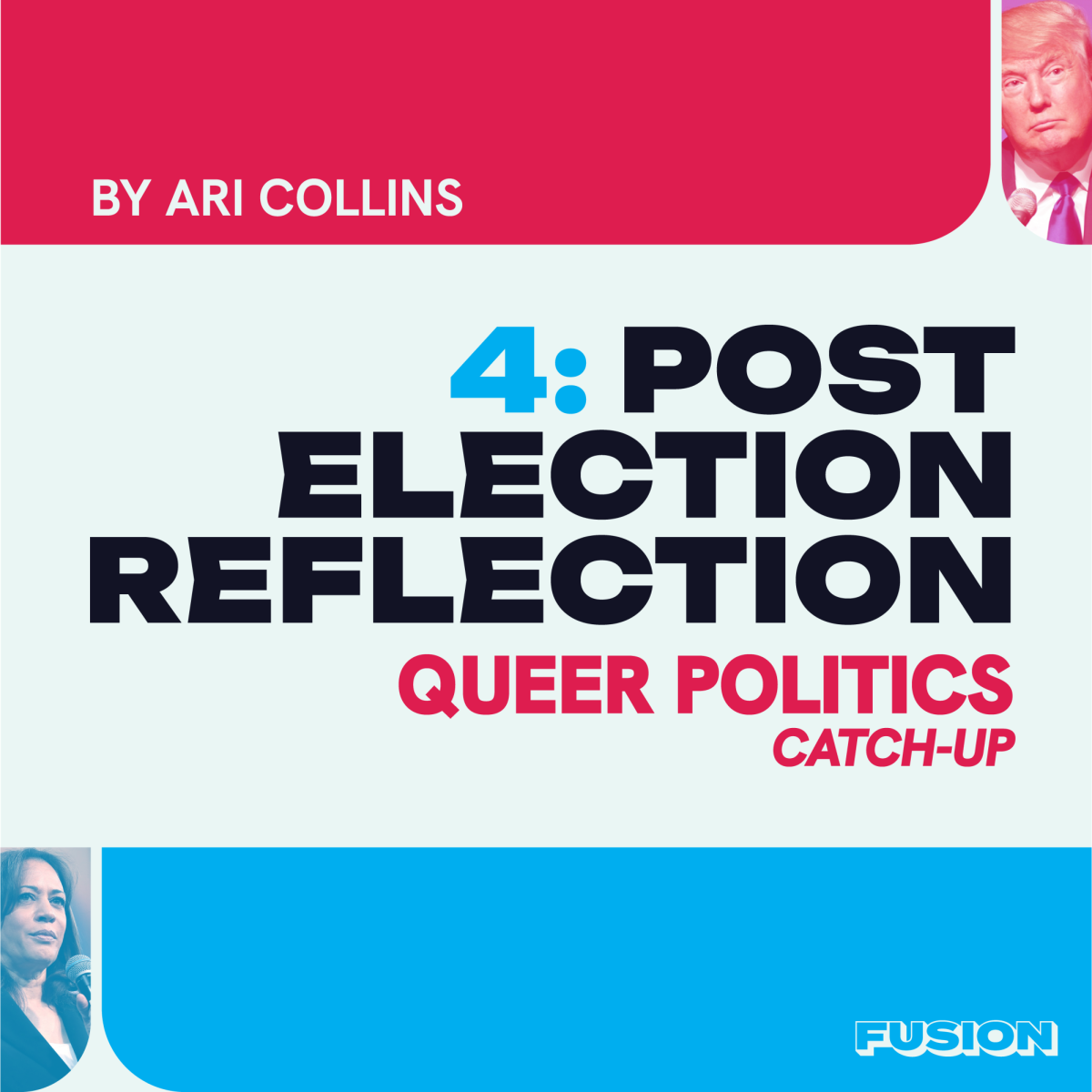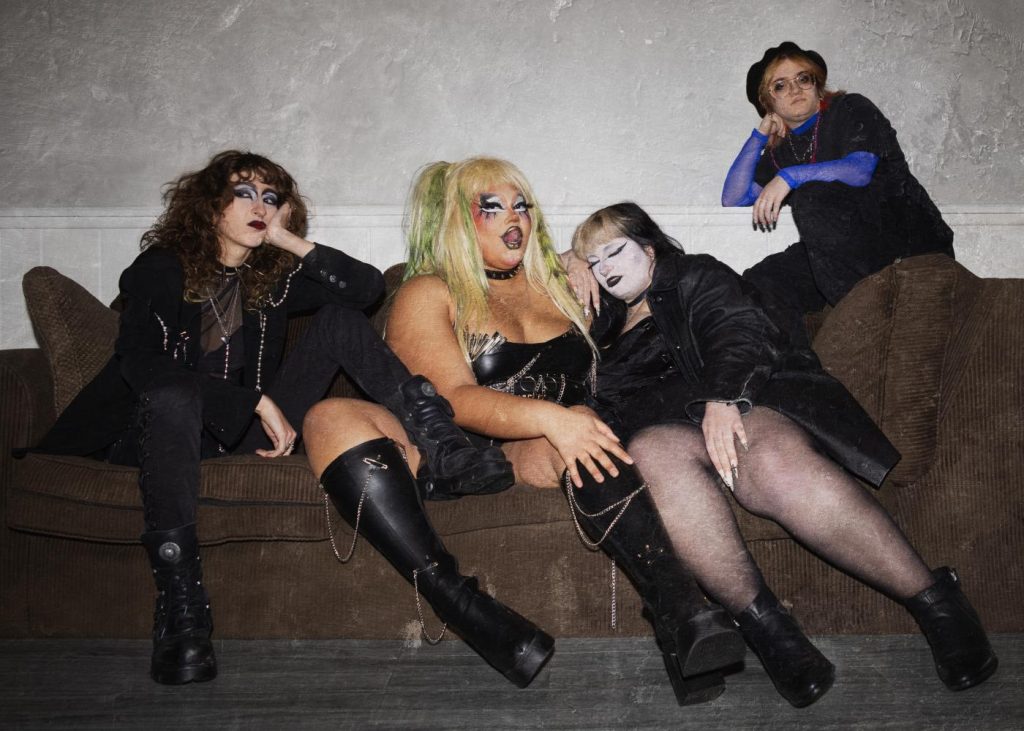
Coming out of the closet is a nerve wracking experience: racing heart, sweaty palms, facing others’ reactions, not even knowing where to begin. It can feel unbelievably terrifying and may seem impossible to some. Coming out can also be a life-changing, rewarding experience to those who wish to. Some may not even come out at all. The journey is different for everyone, but it should not feel unattainable. Here is some advice for coming out of the closet.
The fear of loved ones either not being accepting or viewing you differently are both common fears about coming out. According to a study done by Yale, about 83% of LGBTQ+ individuals in the United States conceal their sexual identity by remaining in the closet.
“Being afraid of the rejection is what made me feel so hesitant,” says Sam Zaborowski, a junior psychology and neuroscience double major at Kent State. They state that the built up anxiety beforehand and the fear of it going wrong are both the “hardest parts of coming out.”
One of the most difficult parts about coming out is the fact that the process is never-ending. Because our society is inherently heteronormative, “straight” has been set as the default sexuality. As a result, LGBTQ+ individuals may often feel the need to explain their sexuality to every person they come in contact with. If an LGBTQ+ individual wants someone new to know their sexuality, they have to repeat the process and come out all over again.
This can be a very anxiety-inducing experience. When preparing to come out, it is important to take a breather because it can cause a lot of mental strain stressing about the worst-case scenario. “You sometimes have to put your own mental well being first,” says Megan Reynolds, a sophomore art education major at Kent State in regards to facing adversity while coming out. They explain how it can sometimes be a strenuous process to constantly have to explain yourself and to argue with those who aren’t accepting.
One of the most difficult parts about coming out is the fact that the process is never-ending. Because our society is inherently heteronormative, “straight” has been set as the default sexuality.
As a result, LGBTQ+ individuals may often feel the need to explain their sexuality to every person they come in contact with. If an LGBTQ+ individual wants someone new to know their sexuality, they have to repeat the process and come out all over again.
Zaborowski explains how coming out to someone new can be scary, especially if you do not know how they will react. “I do think that the more you come out to people, the easier it gets to some degree,” they say.
Zaborowski then begins to share some advice that was helpful to them when they were embarking on their coming out journey. “When preparing to come out, I found it helpful to jot my thoughts down on paper so I could prepare what I wanted to say beforehand,” they state. They emphasize that pre-planning your thoughts eases the tensions of coming out so you don’t “freeze up” when the time comes.
“Also, figure out what format to do it in that is easiest for you,” says Zaborowski, “If you need to do it over the phone or through a text, that is perfectly okay.” They advise that ensuring you are most comfortable is the most important part of this process.
Another piece of advice Reynolds provides is to not go back on your word out of fear. “When I came out, I promised myself I would never put myself back in the closet” Reynolds says. Although some may choose to have this mentality, it should be emphasized that there is no pressure to embrace your identity (as this is not an option for some).
According to Rethink.org, LGBTQ+ individuals are more at risk of suicidal behavior and mental health issues. As LGBTQ+ individuals are more susceptible to discrimination, mental struggle is almost iminent. Because of this tragic reality, it is important to note that coming out may not be a feasible option for everyone. According to a Pew Research study, 39% of queer indivduals have faced adversity from a loved one after coming out. If you are not comfortable coming out or feel as though you are in an unsafe position, do not feel pressured to do so. Safety is most important and should always be the first priority to consider when planning to come out.
With times changing, people are more likely to be accepting of sexuality than you may anticipate. According to a Pew Research study, LGBTQ+ acceptance has gone up 20% in the past two decades. If you have access to a solid support system, confiding with them can help to alleviate certain stresses that come with coming out. If you do not have a solid support system, visit helpful online resources such as The Trevor Project (reachable at www.thetrevorproject.org), The Youth Pride Association (reachable at www.ypapride.org) and The Kent State LGBTQ+ Center (reachable at www.kent.edu/lgbtq). Although coming out may feel like an overwhelming, intimidating, or even petrifying process, you must remind yourself that you are never truly alone through this process.


